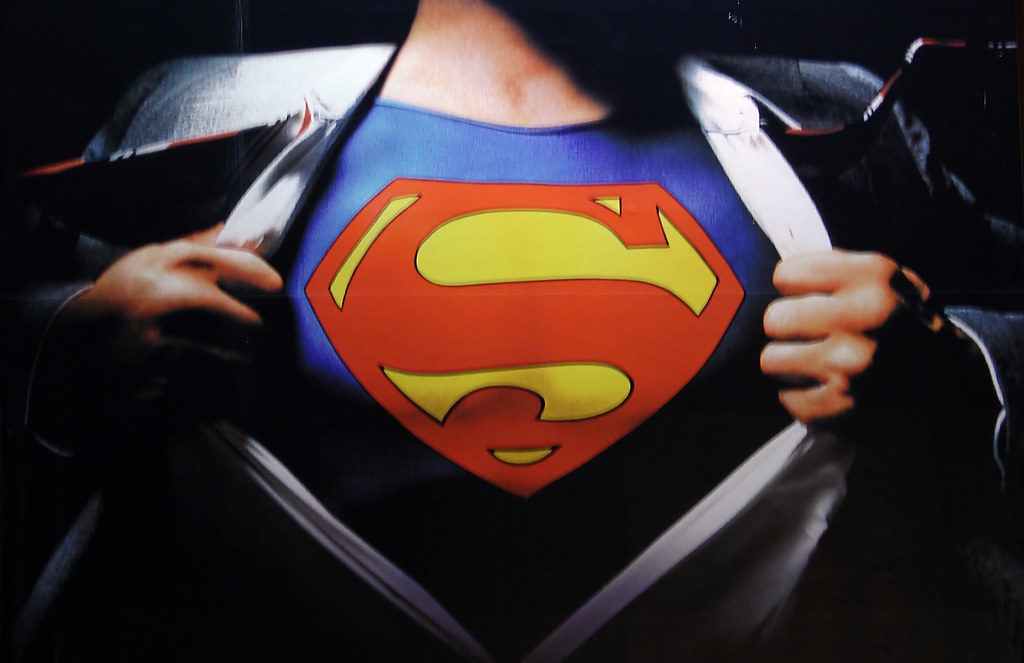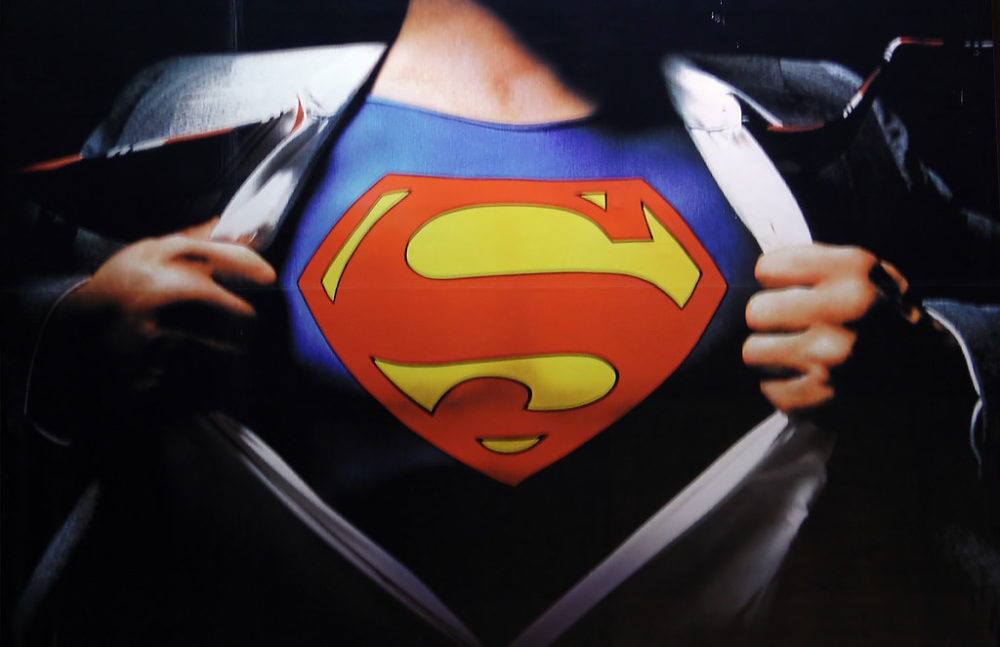How does the film stack up to the book?

The book itself is a summary by Roger Stern of the original comic miniseries.
DC Comics’ most powerful superhero meets his match and leaves behind a legacy in Roger Stern’s novel “The Death and Life of Superman” and last year’s animated adaption “The Death and Return of Superman” directed by Sam Liu and James Tucker.
The book
“The Death and Life of Superman” is a 1993 novelized adaption of the 1991 comic book miniseries originally envisioned by writer/artist Jerry Ordway.
At a time when Superman comics were selling poorly, Ordway jokingly proposed that they kill off Superman and then express how the world would do without him. The writers loved this idea and took him seriously. Ordway was ashamed of what he started and he left the project, which was then helmed by editor Mike Carlin.
The story was serialized in the comic issues, “Doomsday,” “Funeral for a Friend” and “Reign of the Superman.” One of the comic writers on the project, Roger Stern, summarized the series in a novel—and that is what I will be covering.
Years ago, I found the novel in a thrift shop and was intrigued by the title, having no idea what it was about. Upon reading it I became engaged completely.
In this story, a monster named “Doomsday” escapes from an underground bunker and wreaks havoc across the world leaving behind a trail of mass destruction. This looks like a job for Superman, which it is—but at a price.
I do not wish to say more aside from the fact that the novel covers the legacy Superman leaves behind when he is gone—prompting many super-powered copycats: the Man of Steel (an armored vigilante), Super Boy (an arrogant clone with the charisma of a younger Justin Bieber), the Eradicator (A wild-card Kryptonian) and the Cyborg (a Superman look-alike with an iron face and an evil plan).
But the real Man of Steel is down but not out. He must return to do what he does best—save the world, (not mope around like Henry Cavill’s version).
Judging it purely as a novel… it’s a mess. The plot is all over the place focusing on gang wars, a Superman cult and too many characters who are given plenty of characterization and nothing to do storywise.
Supergirl makes an appearance but in an insulting position. She is bedding the clone of Lex Luthor who has a red mane of hair and speaks in a southern accent—which is as disgusting as it sounds.
Lois Lane contributes nothing to the story but cry and feel sad despite her prominence in the story. There are far too many subplots as well—too many to cover in a little review like this as it is far too convoluted.
Gripes aside this is very well written with hardly a dull moment in sight. Reading this was like reading a comic book and it is a fantastic yarn.
The film
Originally two parts, these animated features were set together in one long 166 minute epic for the 2020 release and it is certainly epic to watch. I am not one for cartoons, but this had me hooked from the beginning.
This film fixes every problem I had with the book. No Supergirl, no Lex Luthor clone and it gives every character featured a chance to shine.
Instead of being from underground, Doomsday crashes on Earth from Space—inadvertently creating the Cyborg upon contact, which I thought was a great concept.
Superman is given more depth than being a big boy scout in blue while also not being a grown-up baby. He is shown to be struggling in his relationship with Lois in telling her that he is Superman.
And when the waste hits the fan, Lois does not stand around and cry but helps Superman, using her wit and tactics to prevent the villainous plans of the Cyborg.
This is not a story of loss, but one of triumph and the hero within us all. I never expected so much value and quality in an animated film and I cannot recommend this overlooked gem enough.
Who would have thought that a story exploring Superman’s darkest hour would be more optimistic than any of the new live-action features?
The victor
I prefer the film over the book as it is a more focused and polished story.
